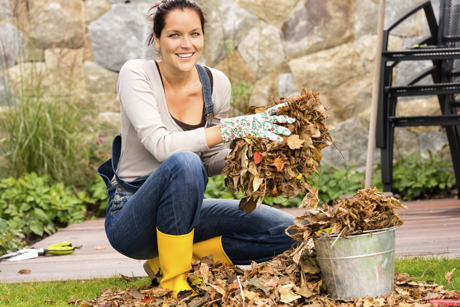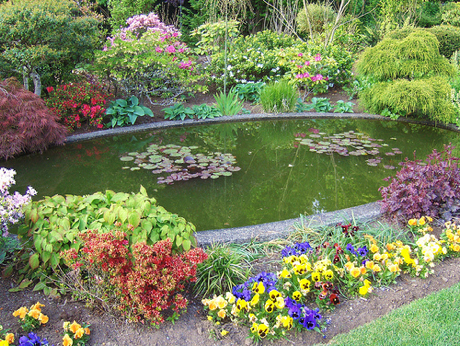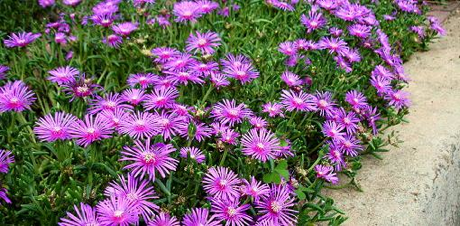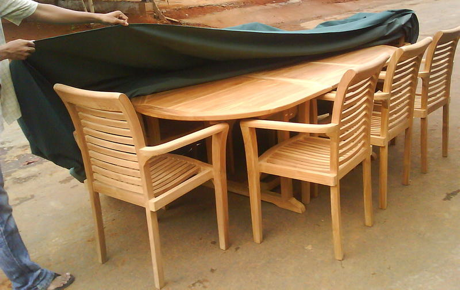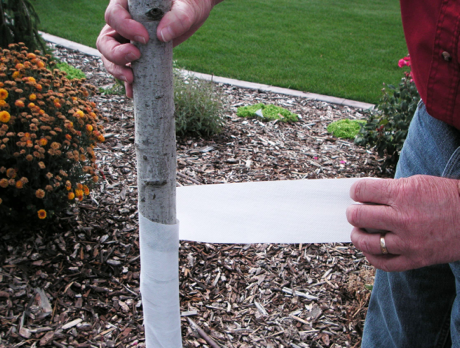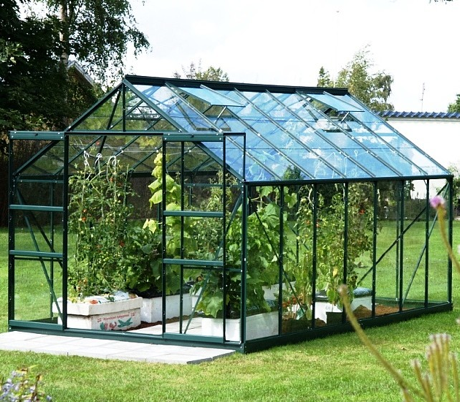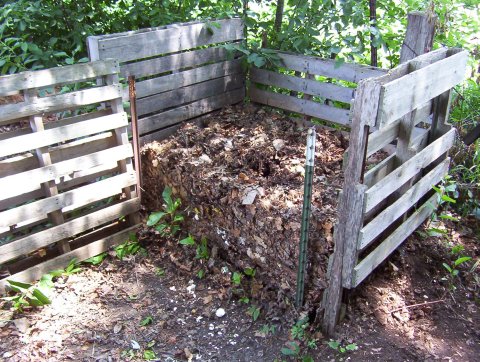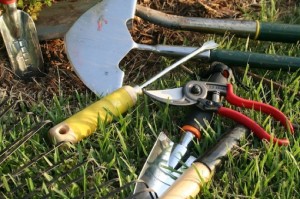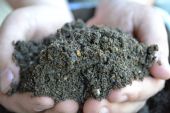Environmentalists and nutritionists have been nagging us for years, and despite the severe growth in obesity in the UK and America – there are many of us who, actually, prefer taking the healthy option when eating. Exercise is on the rise, reflected by a 144% increase in the amount of people who cycle to work in London from 2001 to 2011.
The good news is that the amount of adults and children that are regularly consuming their recommended daily portions of five fruit and vegetables is on the rise.
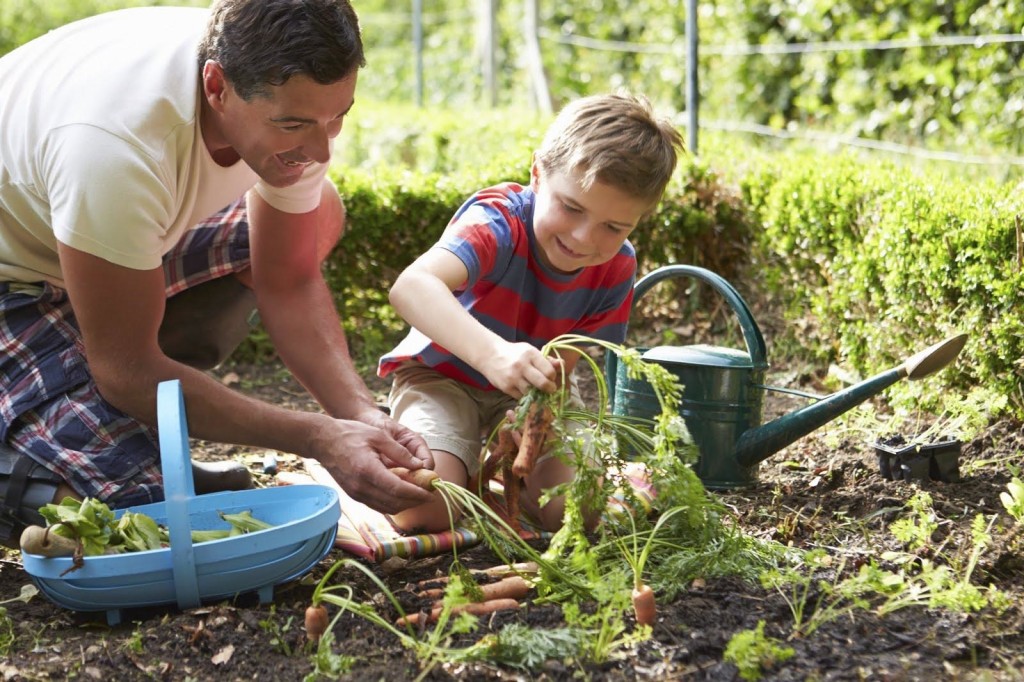
That’s a positive for sure, but how can we continue this trend and continue to eliminate bad eating habits amongst the UK population? Well, what about growing your own super healthy foods in your garden at home? You don’t need a degree in nutrition, you don’t even to be an experienced gardener to grow your own fruit and vegetables – you simply need the know-how and ambition to succeed.
For healthy gardening a little education goes a long way. How else are you supposed to know what’s out there and what’s easy for you to grow in your own garden. Below is a list of ten super healthy fruits, vegetables and herbs that are not only incredibly good for you and your family to eat, but don’t necessarily require you to have a ‘green thumb.’
1. Broccoli – Nature’s Super Hero
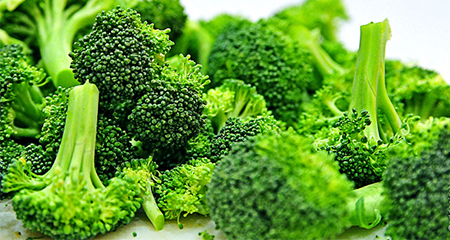
Health Benefits of Broccoli
Broccoli is one of the world’s best ‘super-foods,’ a real super hero of the vegetable world; filled with vitamins and nutrients that reduce cholesterol (when steamed) and help remove toxins from your body.
It’s also packed with vitamin D to keep our metabolism in good working order. The list of health benefits of broccoli, which include anti-inflammatory benefits, strong effective antioxidants and strong evidence to reduce the risk of caner, goes on and on. Not only is broccoli
How to Grow Broccoli at Home
Broccoli seeds are to be planted in an indoor container first, then transplanted outdoors when the seeds sprout once they’re roughly 4 – 6 inches in height. For best results use high nitrogen fertiliser with well-drained, moisture-retentive soil.
Make sure you water every 10 – 14 days during dry periods. It usually takes about two to three months of growth before you can harvest your broccoli, with that in mind it’s best to sow your seeds in March / April with a view to harvesting them in June / July.
2. Cauliflower – Nature’s Nutritional Powerhouse
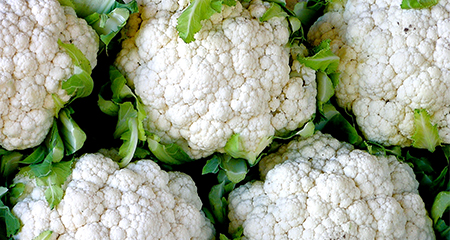
Health Benefits of Cauliflower
Like broccoli, cauliflower is another nutritional powerhouse that doctors strongly recommend as a key part of a healthy diet. Cauliflower is rich in absolutely loads of vitamins and minerals; namely very healthy 77% dose of your daily recommended value of vitamin C, a fantastic source of vitamin K, protein, magnesium and so on.
Additional benefits include digestive assistance, antioxidants and detoxification support as well as containing sulforaphane which, like its green cousin Broccoli, has been shown to fight cancerous cells – win/win!
How to Grow Cauliflower at Home
First things first – cauliflowers flourish in very fertile soils, so we’d recommend you dig in a bucketload of well-rotted manure or organic compost prior to planting your seeds. We have a good selection of high quality soil conditioners, organic composts and mulches in our store. Make sure you firm your soil well (treading it down is fine!) before you plant your seeds.
Aim to space your cauliflowers roughly 2ft apart and water well every 10 days if you’re suffering from particularly dry weather. Similar to broccoli, cauliflowers are ready for harvest in about two months.
3. Carrots – Do They Really Help You to See in the Dark?
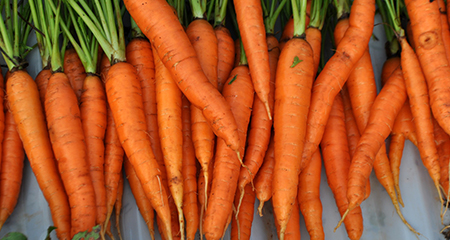
Health Benefits of Carrots
Remember when you were a child and your parents told you to eat carrots to help you see in the dark? Well, they weren’t lying to you because carrots are absolutely loaded with vitamin A, which is vital for good eyesight and to boost the immune system.
Additional benefits include slowing down the ageing process due to high levels of beta-carotene acting as an antioxidant to skin cell damage done by regular metabolism. High levels of vitamin A assists with body cleansing, healthy teeth and gums, preventing heart disease as well as being a powerful antiseptic.
How to Grow Carrots at Home
It’s best to grow your homegrown carrots in open ground rather than containers, but luckily they don’t need too much TLC to grow effectively. Carrots are particularly drought resistant and don’t need watering as much as your other homegrown vegetables, however if they start looking a little wilted you can always give them a good soaking every 2 weeks or so.
You can plant carrot seeds in fertile soil, and typically, they take anywhere from a week to three weeks before they sprout. Best time to sow your carrot seeds can be anytime between February to July, and then full growth will take about two to three months.
4. Lettuce – More Than Just ‘Rabbit Food’
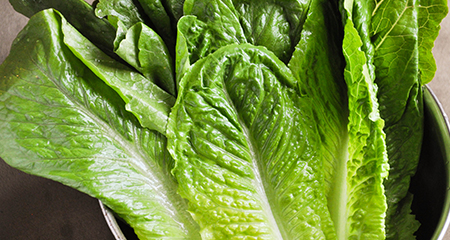
Health Benefits of Lettuce
Unfairly dubbed ‘rabbit food’, lettuce is so much more than simply a boring weight loss alternative. With surprisingly incredible health benefits a more fitting name for lettuce would be ‘monster food’.
Lettuce comes in all shapes and sizes but by far Romaine Lettuce is our out and out winner here. Romaine Lettuce has almost zero fat, it’s low calorie, and therefore hugely helps with weight control and loss. Complete with tonnes of protein, Omega-3 and vitamin C lettuce is, without a doubt, a real superfood and rightfully deserves its spot on our list of super foods!
How to Grow Lettuce at Home
Lettuce is easy to grow and flourishes both in indoor containers and in an outdoor vegetable garden. Thin your lettuce seedlings once your first leaves start to appear and continue doing so until the plants are roughly 30cm apart. As with all vegetables it’s advised that you water well during dry periods every 2 weeks.
5. Broad Beans – Ultimate Health Booster
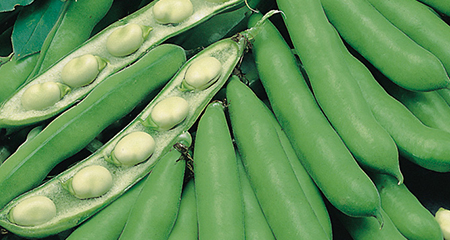
Health Benefits of Broad Beans
Broad beans are a vegetable staple and packed with vitamin C, potassium, iron and fiber. They’re one of the easiest foods to grow. All you need is the seeds, good soil and an area where there’s loads of sunlight.
We’re not joking when we say that broad beans are some of the healthiest vegetables that you can eat. Eaten raw, steamed or stir-fried, broad beans are a fantastic source of many nutrients that can help you boost your health.
How to Grow Broad Beans at Home
In fertile and well-drained soils, that has been well-dug and ideally improved with organic compost, with plenty of sunshine broad beans can be sown in early November or February for harvest as early as May and June. Sow your broad bean seeds roughly 2 – 3 inches deep and hoe regularly to avoid weeds.
In dry periods soak plants well at the start of flowering and continue every 10 – 14 days or so. Staking may be required for taller cultivars, use string attached to tall(ish) stakes in the soil for the broad beans to follow.
6. Basil – Ideal for Indoors Gardeners
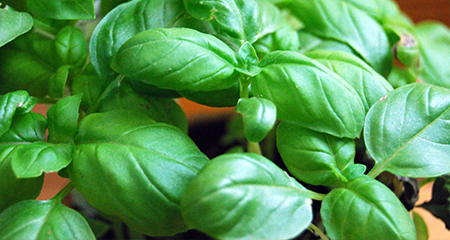
Health Benefits of Basil
Basil is a herb that enhances flavour and gives foods an aromatic, pleasant taste. There are over 60 varieties of basil, so you have a lot of options here. A great source of vitamin A, magnesium, copper and vitamin C – basil’s nutrients are essential for positive cardiovascular health.
How to Grow Basil at Home
Basil is really easy to grow at home. All you need are the seeds, and even if you don’t have a garden, you can grow it indoors with a small pot or container with well-drained soil. It takes about six to eight weeks for the seeds to harvest for use, and you’ll need lots of sun for the basil to grow, but avoid intense heat or it could damage the herb.
7. Tomatoes – Sweet, Juicy and Delicious!
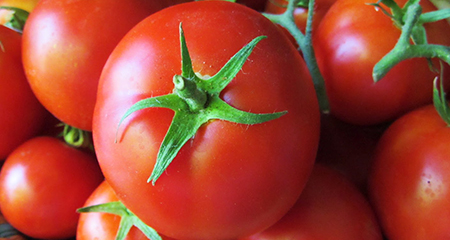
Health Benefits of Tomatoes
Another ‘superfood,’ tomatoes are rich in lycopene and antioxidants, and are used in everything from pasta sauces to salads. Packed with vitamin A, C, K, potassium and easy to grow yourself – tomatoes have rightfully earned their place amongst our list of super foods you can grow at home.
Full of beta-carotene, tomatoes help protect your skin from sun damage, build strong bones and have even been proven to fight cancer with high doses of Lycopene. Also a great fruit for diabetics as they can assist with keeping your blood sugar levels in line.
How to Grow Tomatoes at Home
Tomato seeds are best planted outdoors in a spot that gets a lot of sun and require watering several times a week. Tomatoes can take as much as two months to harvest. You can grow them in either planting bags, outside soil or even hanging baskets. Similarly to broad beans, tomatoes can also be grown against stakes. Tie the main stem with string (once stemmed) to a vertical stake in the ground and water regularly to keep your soil/compost moist.
Tomato seeds can be sown from February – April and can be harvested anytime from August – October.
8. Beetroot – Nature’s Hormone Booster
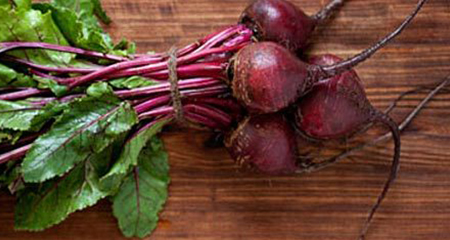
Health Benefits of Beetroot
Beetroot isn’t known for being a child’s best friend, and you may have unpleasant memories about your parents making you eat them, but they’re one of the most nutritious foods out there. Beets contain vitamin C, folic acid, potassium and iron, all vital building blocks for good health. Add it to a salad or blend it with apple and orange juice for a refreshing smoothie – ideal for a full body cleanse.
A surprising fact about beetroot is that it’s nature’s viagra – we’re not even joking! The plant contains high amounts of boron, which is directly linked to the production of human sex hormones.
How to Grow Beetroot at Home
Plant your beetroot seeds outdoors several inches apart, and make sure you water every day, and twice a day if the temperature is hot. The vegetable will be ready to harvest in about two months if you ensure your soil is well-drained and fertile.
Seeds can be sown from March to July, and then harvested from July to October. As with most vegetables it’s important to water them well during dry periods, every 10 – 14 days.
Well, there you have it! Our list of 10 super healthy foods you can grow at home ends here we’re afraid. Keep an eye out for more gardening and landscaping advice from our blog, and if you’d like any further information, topsoil, organic compost or landscaping supplies please get in touch with us.
If you have any questions about growing healthy foods at home or need some gardening advice, contact us at www.buryhilltopsoilandlogs.co.uk. We are one of the leading topsoil suppliers in London and would be glad to help you grow vegetables yourself.



